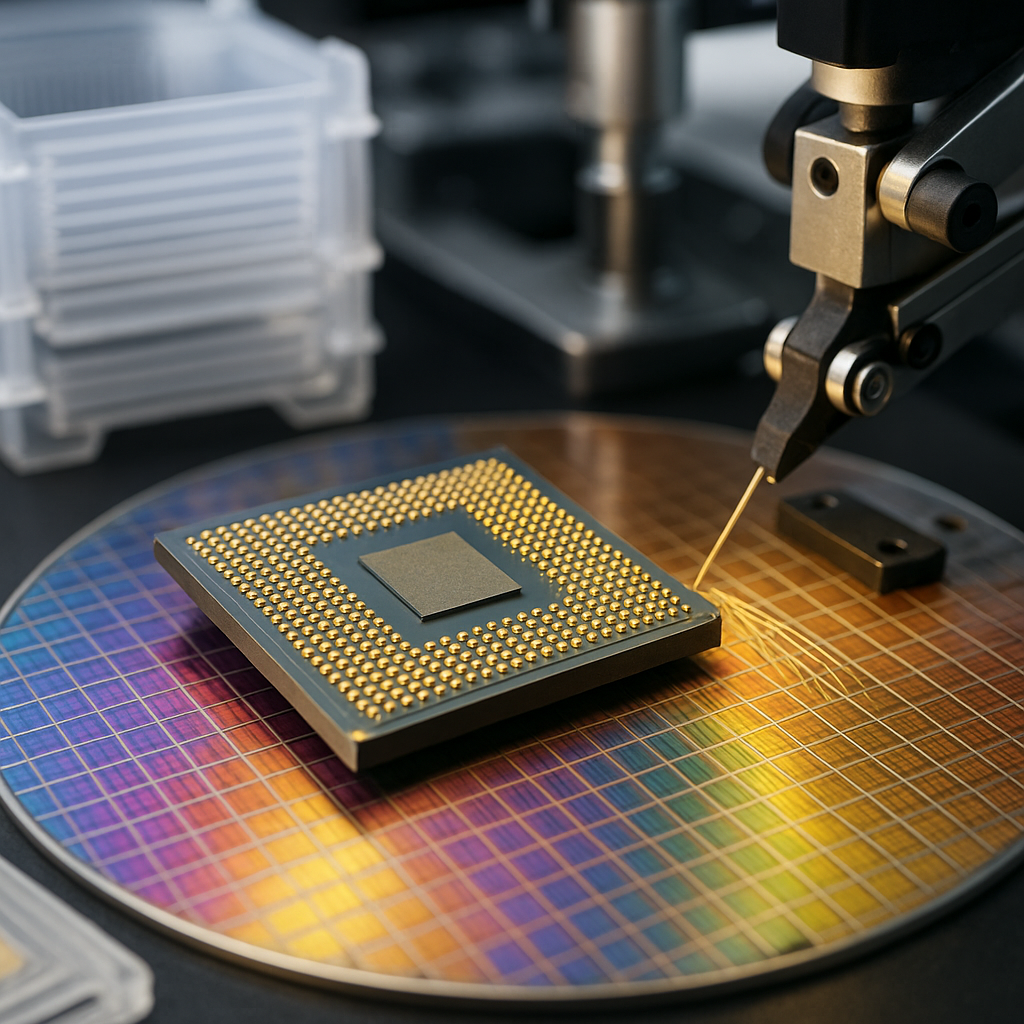In the race to dominate artificial intelligence, Big Tech is opening its wallet like never before. Alphabet Inc. ($GOOGL), Microsoft Corporation ($MSFT), and Meta Platforms Inc. ($META) have all announced a fresh wave of capital expenditures focused on AI infrastructure, cloud data centers, and high-performance computing. But while Wall Street continues to applaud innovation, investor enthusiasm is starting to fray — especially as the numbers climb into the tens of billions.
Shares of Alphabet bucked the trend this week, rising 4% after reporting resilient free-cash-flow margins despite record spending. Microsoft and Meta, by contrast, saw their stock prices slip as analysts questioned whether ballooning AI investments can deliver proportional returns in the near term. According to Investing.com and The Economic Times, the market’s mixed reaction underscores a growing divide between AI vision and financial discipline.
Wall Street’s AI Reality Check
AI has been the defining investment story of 2024 and 2025 — driving record valuations and capital inflows. Yet, the latest earnings season has shown that even the world’s most profitable companies can face investor pushback if spending gets too aggressive.
Alphabet’s Q3 results painted a picture of balance: the company boosted AI infrastructure spending but still generated $22 billion in free cash flow, well above expectations. In contrast, Meta’s capex guidance surged to as high as $40 billion for 2025, its largest ever, triggering a 7% after-hours drop as investors balked at the scale of reinvestment. Microsoft, too, signaled another multi-billion-dollar wave of data-center buildouts to support its partnership with OpenAI.
“Investors are reaching a fatigue point,” said Dan Ives, tech analyst at Wedbush Securities, in comments cited by Reuters. “AI remains the most transformative tech trend in decades, but investors now want to see the ROI — not just the race.”
The Economics Behind the Spending Surge
The bulk of these expenditures are flowing into three areas: hyperscale data centers, AI-specific chips, and model-training infrastructure. Meta recently announced plans for a new fleet of data centers optimized for generative AI workloads. Microsoft disclosed that its Azure segment will absorb a substantial portion of its FY2026 investment budget to handle growing AI demand from enterprise clients.
This infrastructure arms race has ripple effects across the supply chain. Semiconductor manufacturers like NVIDIA ($NVDA) and AMD ($AMD) remain primary beneficiaries, as do specialized cooling, networking, and construction firms. Analysts at Goldman Sachs estimate that global AI infrastructure spending will exceed $1 trillion between 2024 and 2030 — with tech majors accounting for nearly half of that.
But the concern, as The Economic Times highlighted, lies in timing and return. AI revenues are growing — but slowly. While Google Cloud and Azure reported strong AI-related demand, monetization lags the expense curve. That gap, analysts warn, could compress margins over the next 12 to 18 months.
Why This Matters for Investors
The AI boom has become a double-edged sword for equity portfolios. On one hand, the sector remains the most powerful structural growth theme in technology — with enterprise adoption, automation, and cloud integration just beginning to scale. On the other, the surge in capital intensity is creating valuation headwinds.
High valuations mean smaller margins for error. Many tech giants now trade at forward P/E ratios exceeding 30x — levels reminiscent of prior market peaks. As Bloomberg Intelligence noted this week, “Investors are recalibrating from AI euphoria to AI accountability.”
That recalibration could lead to sector rotation. Defensive tech names with strong cash generation — such as Alphabet or Oracle ($ORCL) — are attracting fresh institutional interest, while more speculative or margin-thin players could see volatility increase.
Future Trends to Watch
- AI Monetization Metrics: Expect investors to focus less on model performance and more on revenue conversion — particularly from cloud and enterprise clients.
- Capex Efficiency: Firms demonstrating capex discipline (maintaining high free cash flow despite AI investments) are likely to outperform.
- Supplier Diversification: Hardware and chip suppliers — especially in the data-center and semiconductor-equipment ecosystem — could continue to see upside.
- Policy and Power Constraints: Rising concerns about AI’s energy footprint may influence both regulation and project timelines, adding a new dimension of risk.
Key Investment Insight
AI remains an unstoppable technological force — but investors need to separate visionary spending from financial execution. The winners in this next phase will not necessarily be those who spend the most, but those who allocate the smartest.
For now, portfolio resilience may lie in:
- Cash-rich leaders (Alphabet, Microsoft) with proven ROI frameworks.
- Picks-and-shovels plays (NVIDIA, Broadcom, Eaton) supplying the AI infrastructure backbone.
- Balanced exposure via AI-focused ETFs with diversified holdings.
Patience, not panic, should guide long-term investors — but scrutiny over capital efficiency will define the next leg of AI’s investment story.
AI may be the future, but markets are demanding discipline in the present. To stay ahead of the next major inflection point in the tech-investing landscape, follow MoneyNews.Today — your source for data-driven analysis and actionable insights across global markets.





